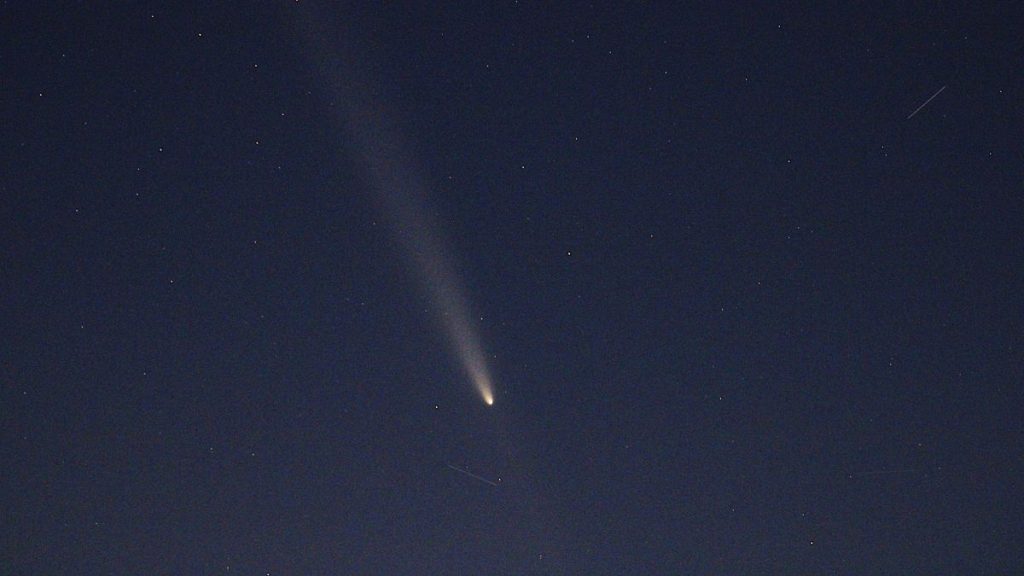Astronomers have once again been surprised by a visitor from beyond our Solar System.
Others are reading now
A newly confirmed feature of this rare interstellar comet challenges what scientists thought they knew about how such objects behave near the Sun.
A visitor from afar
In early June, astronomers reported the discovery of a new object passing through the Solar System.
Analysis showed that it was not an asteroid but a comet, later named 3I/ATLAS.
From the start, it appeared different from typical comets, and new telescope data have now confirmed something extraordinary.
Recent images from the W. M. Keck Observatory show that the comet has formed an antitail, a faint stream of material pointing toward the Sun instead of away from it.
Also read
A reversed tail
Normally, the Sun’s radiation and solar wind push dust and gas away from a comet’s core, forming a tail that stretches out into space.
At times, observers on Earth see what seems like a tail facing the opposite direction, though this is often caused by perspective rather than a true reversal.
In the case of 3I/ATLAS, scientists say the phenomenon is not an illusion but a real structure visible in the latest observations.
Unusual discovery
According to researchers Avi Loeb and Eric Keto, the comet showed an elongated coma that pointed toward the Sun when it was about 3.8 astronomical units away.
They argue that this is the first time such a feature has been clearly seen and that it cannot be explained by the geometry of viewing.
Also read
Some astronomers point to earlier examples, such as Comet Kohoutek in 1974, but Loeb believes the current case deserves closer attention.
Speaking to Wirtualna Polska, he warned that scientists often classify unfamiliar objects too quickly, sometimes missing discoveries hidden in plain sight.
Searching for answers
Other experts offer different explanations.
Researcher Michael Busch suggests that large ice fragments ejected from the comet may orbit its nucleus, creating a visible cloud both ahead of and behind the body of the comet.
While opinions differ, most agree that interstellar visitors like 3I/ATLAS give astronomers a rare chance to study material that originated beyond our Solar System.


